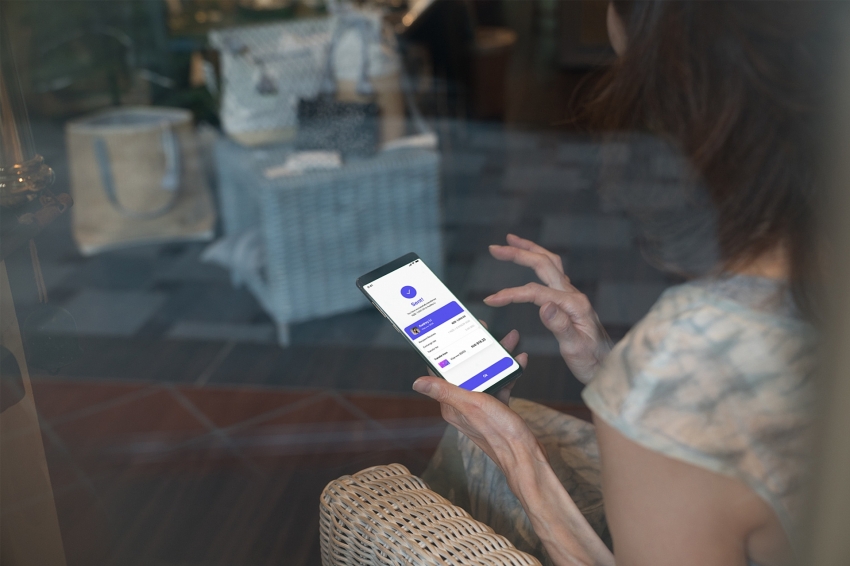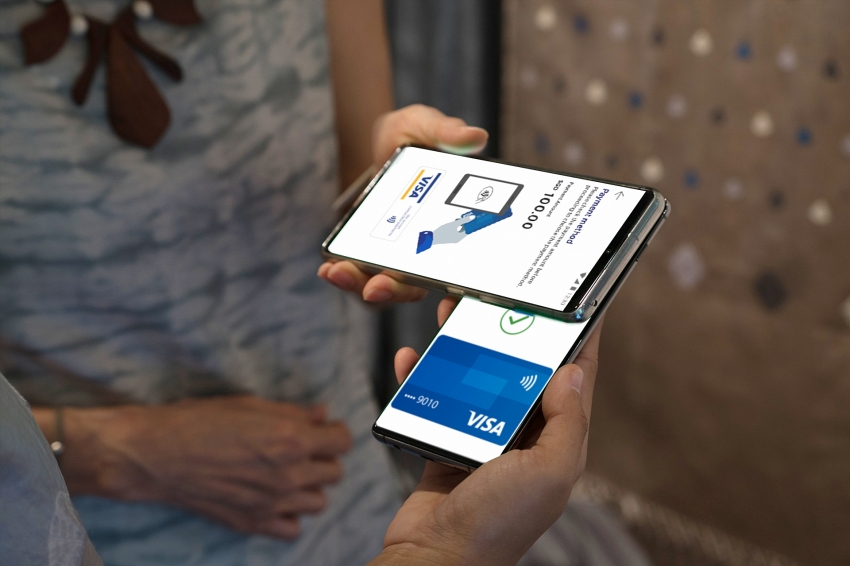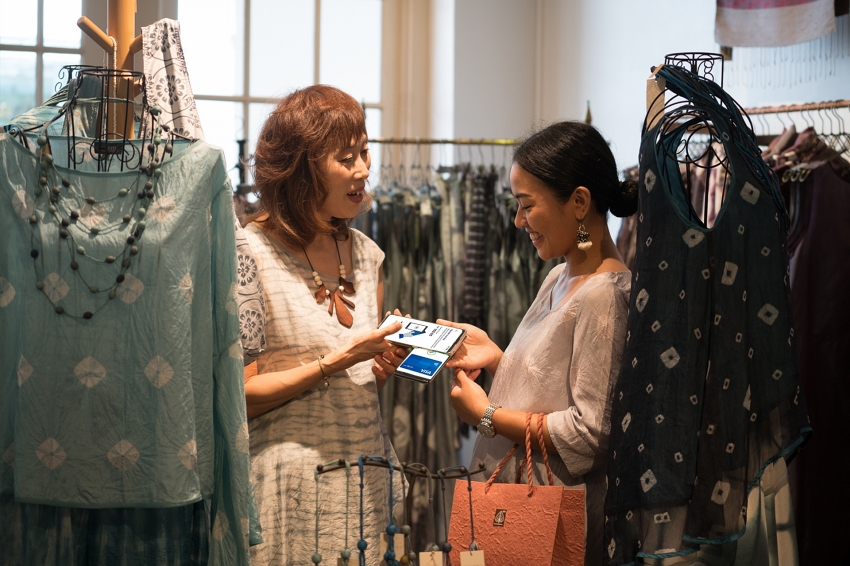Visa study uncovers untapped opportunity for smartphone payments in Asia-Pacific
 |
| The latest survey by Visa showed that mobile and other forms of cashless payment have a tremendous market in Vietnam |
New research from Visa found that the majority (55 per cent) of Asia-Pacific consumers would likely use tap to phone payments, despite solutions not yet being widely available in the region. Meanwhile, Vietnam has seen a surge of mobile wallet and payment app usage in recent years, with over 85 per cent of Vietnamese consumers owning at least one mobile wallet or payment app, and over 42 per cent using mobile contactless payments.
“With 129.5 million mobile phone subscriptions and around half of them using 3G and 4G, Vietnam is particularly well-adapted to the use of tap to phone payments, and has already leapfrogged many developed economies when it comes to mobile payments,” said Dang Tuyet Dung, country manager for Visa Vietnam and Laos. “The country’s high mobile phone penetration rate indicates the consumer population’s readiness for digital payment functions to be made available on mobile. 84 per cent of Vietnamese consumers said they felt safe while making mobile payments, a reflection of the ability of mobile payments to increase national confidence in digital payments on the whole.”
 |
| Tap to Phone offers fast and royally convenient payment |
Ease, convenience, and not needing to use cash appeal to consumers
In addition to simplifying point-of-sale infrastructure for businesses, tap to phone payments bring benefits to consumers. Of the APAC consumers surveyed, ease of use was rated as the top reason that would encourage them to try tap to phone (52 per cent). This was followed by saving time (51 per cent), and eliminating the need to carry cash (50 per cent).
43 per cent of consumers rated security as a factor that would encourage their adoption of tap to phone payments. However, Visa believes there is a need for the industry to work together to educate consumers about security features. Losing personal or financial information were named as the top concerns around using tap to phone. Tap to phone solutions bring multiple layers of security on both the buyer and seller side, to ensure that Visa’s high standards for secure payments are met. Each solution undergoes an intensive certification process, including a security assessment by an accredited expert security lab. These solutions are also supported by an industry standard that has been developed and published by the PCI Security Standards Council.
 |
| Most Vietnamese users value the convenience of mobile payment technologies |
Convenience stores, restaurants and food courts popular settings for tap to phone
Visa’s research also looked at where consumers would be most likely to pay via tap to phone. Convenience stores were cited by 59 per cent of survey participants, reflecting the desire for quick, easy transactions. Over half (56 per cent) said they would want to be able to pay at a restaurant while seated at the table. Food courts, street stalls, and kiosks were the third most popular venue with 52 per cent. Similar surveys conducted in Vietnam revealed that 79 per cent of consumers currently prefer to pay with card payments and mobile apps instead of cash, while 43 per cent of respondents said they had been ordering food online more often through the pandemic.
“For micro and small businesses, tap to phone is a safe and cost-effective way to accept Visa and enjoy the benefits of digital commerce,” added Dung. “This is particularly relevant in light of COVID-19, which has made limiting physical contract a priority among consumers. With 71 per cent of those who have a mobile wallet or payment app claiming to use it at least once a week, consumer demand for modernised payment and service methods are creating new opportunities for businesses, and accelerating tap to phone is one of a number of solutions that will serve to drive Vietnam’s digital payments landscape into the 21st century.”
Visa is working with and has certified nine technology providers and is partnering with many acquirers and fintech firms to bring solutions to market across the region. Visa and its partners have already launched tap to phone solutions in Malaysia and India, with more Asia-Pacific markets to follow in the coming months.
What the stars mean:
★ Poor ★ ★ Promising ★★★ Good ★★★★ Very good ★★★★★ Exceptional
 Tag:
Tag:
Related Contents
Latest News
More News
- Home Credit Vietnam brings financial literacy closer to women and students (November 20, 2025 | 11:25)
- MB partners with Visa, KOTRA to launch new MB Visa Hi BIZ card (November 20, 2025 | 11:24)
- VPBank upgrades core banking with Temenos and Systems Limited (November 14, 2025 | 17:54)
- CPO Home Credit shares how to build an AI-driven but human-centric workplace (October 30, 2025 | 09:56)
- VIB hits $267.4 million in pre-tax profit over first nine months (October 29, 2025 | 12:12)
- UOB Vietnam elevates retail banking experience with enhanced credit card suite (October 24, 2025 | 09:50)
- PVcomBank offers 20 per cent cashback on VNPAY-QR payments (October 20, 2025 | 17:43)
- Vietnam’s banking sector enters data-driven era (September 30, 2025 | 16:33)
- Ant International becomes first foreign partner of China’s CPG (September 22, 2025 | 17:58)
- VIB unveils Smart Duo to maximise savings and spending returns (September 22, 2025 | 11:22)





















 Mobile Version
Mobile Version